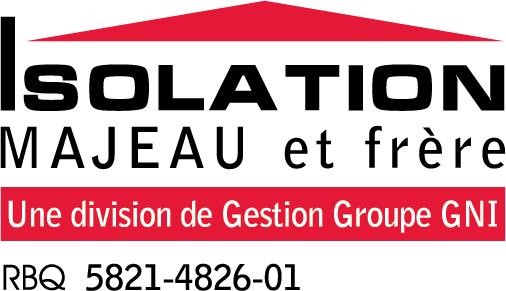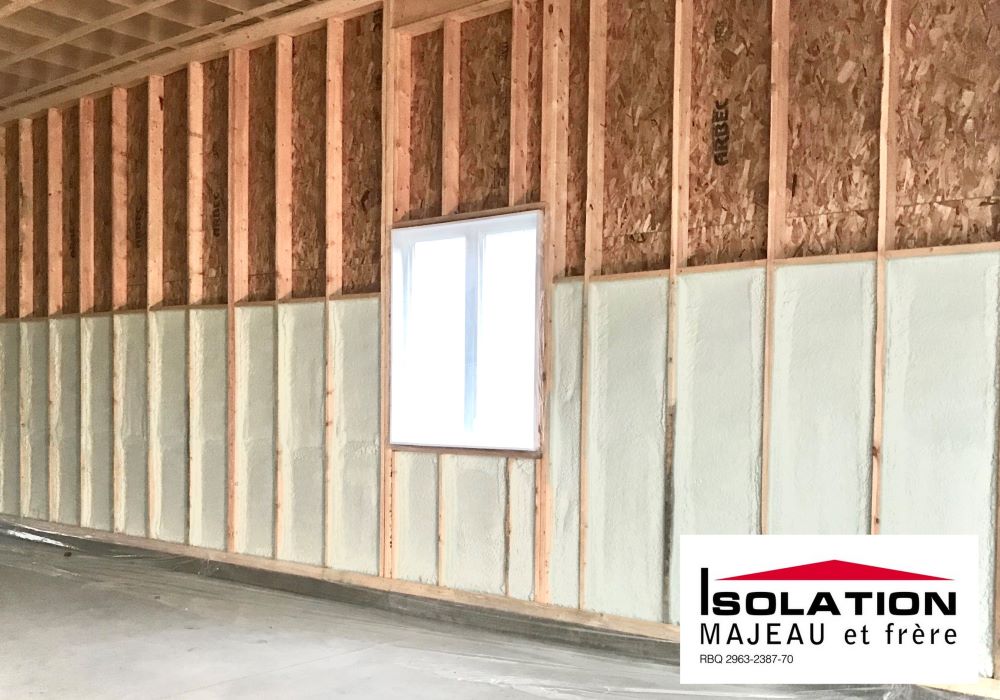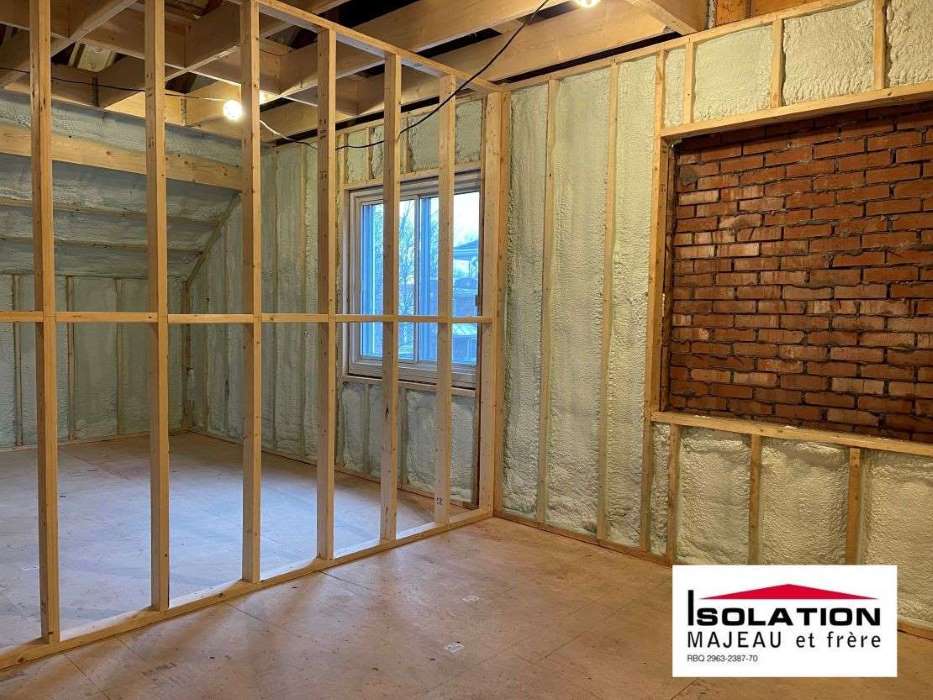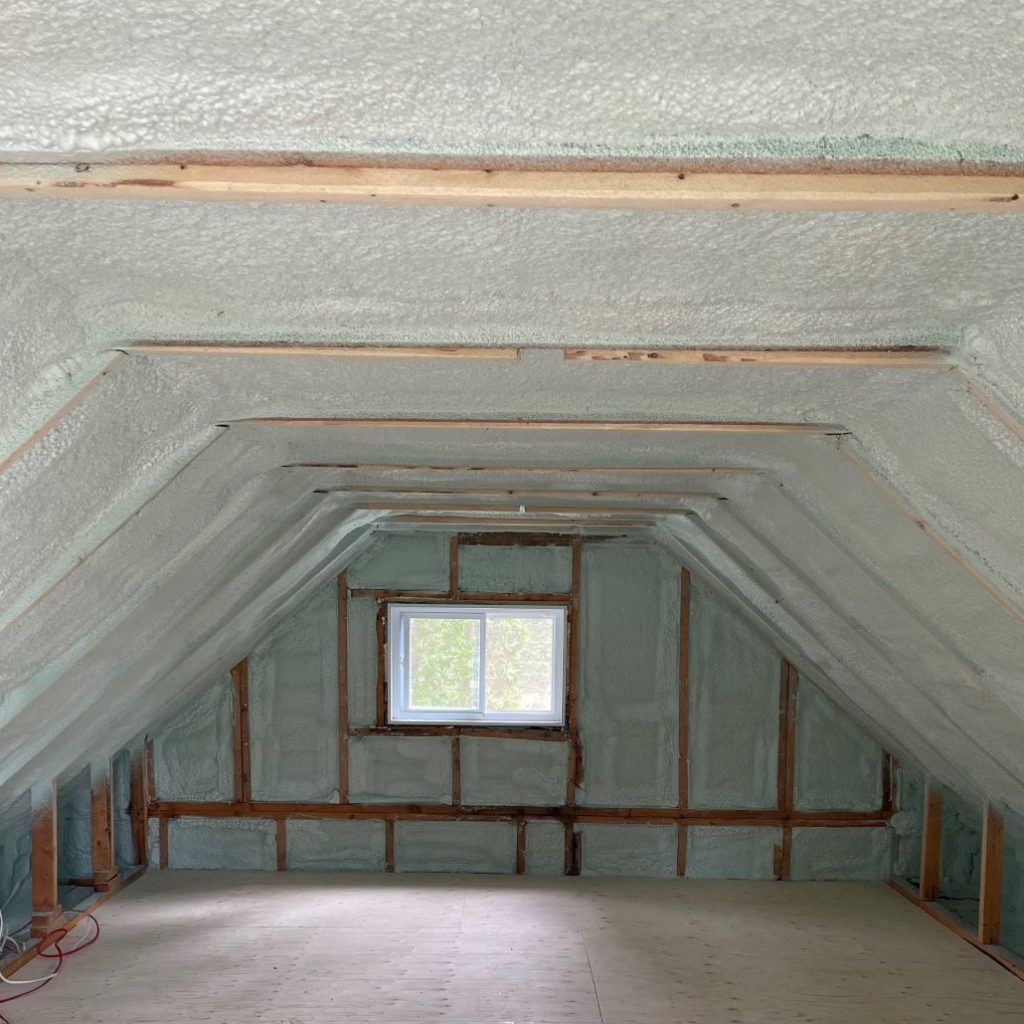You’re planning on renovating? Why not take the opportunity to redo your insulation? But in order to realise a durable and efficient insulation, you have to follow the best practices. Isolation Majeau helps you with your project by presenting to you 8 tips for a successful insulation project.
1- Ask a Specialized Enterprise for a Diagnostic
To identify the causes and the solutions to mildew, water infiltration, cold walls or floors problems, an assessment made by a professional is a highly recommended step.
2- Do the Necessary Work Before Insulating
If you had water infiltration because of a fissure in a basement’s walls or in the foundation, it’s important to repair it before insulating. Same thing if there has been water infiltration in the attic through the roof, you have to repair it and make sure that your building is watertight before insulating it.
3- Find the Best Quality Insulating Material in Regards to Profitability
To help you identify the right cellulose or polyurethane thickness to install, refer to article 11 of the building Code. For example, for insulating your attic, adding 6 to 8 inches of cellulose is sufficient to cover thermal bridges. In some cases, you will have to reach R-50 or R-60 to get a Rénoclimat grant.
4- Covering Thermal Bridges to Optimize Insulation
A thermal bridge is a zone where thermal resistance is ruptured between two points of insulators. This section which is not insulated creates heat loss towards the exterior of the building through the walls’ thermal conductivity. Thermal bridges can be identified by cold surfaces, condensation, and/or dampness spots. Insulating thermal bridges will guarantee better comfort and significant energy savings.
5- Making Sure to Have an Air Barrier System
Installing an air barrier system allows you to avoid hidden condensation and air leaks which cost a lot in energy loss. The air barrier also helps in avoiding to dry your house’s interior air while letting dampness migrate towards the exterior.
6- Installing an Efficient Vapour Barrier
Installing materials with vapour barrier properties on the insulator’s warm side allows avoiding damp air to move through the materials. In Québec, the insulated walls, ceilings, and floors must have a vapour barrier. In fact, a Canadian Construction Materials Centre (CCMC) certified vapour barrier polyurethane is one of the best materials to block water vapour.
7- Protecting Out of Ground Portions With a Weather Barrier and a Rain Barrier
This wind and water-resistant barrier keeps severe weather to penetrate the building through the wall or the roof envelope, as well as keeping ventilation space to allow the structural elements to dry off.
8- Installing a Dampness Barrier for the Walls that are Buried in the Ground
The ground surrounding your house’s basement is full of moisture. To avoid this moisture from penetrating the foundation’s walls, covering the walls with a waterproof coat is paramount.
If you respect those tips, you could benefit for a long time from a well-done insulation. However, it’s highly recommended to get help from an insulation expert in order to get the most out of the professional installation techniques which guarantee optimal results.
This article was originally published on May 17, 2022 by Pierre Boucher








